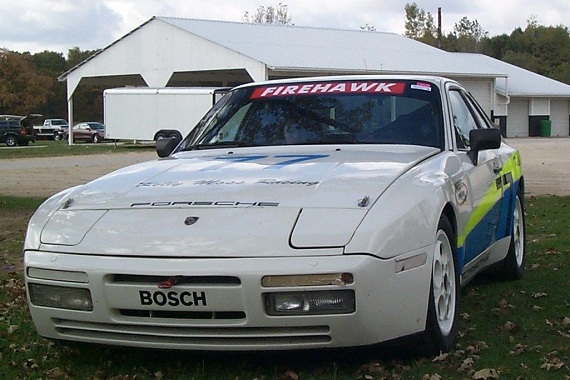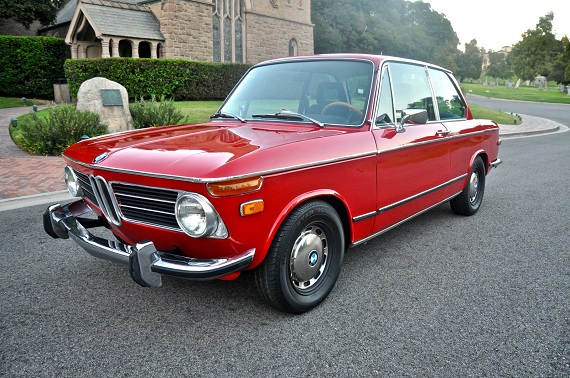The 1990 Porsche 944S2 Firehawk series car that I wrote up back in early August is back on eBay, having failed to sell its first time around. The price has been lowered $2,000 this time, but it remains pricey by 944S2 and track car standards at $23,100. That amount does buy you a solid race car platform with an interesting history with the look of a Turbo Cup car, but I’d guess it’s still a bit too expensive for most people’s blood. If it could be had in the mid to high teens I’d think there would be more interested parties.
Author: Carter
To me it’s always a bit interesting to talk about people’s motivations in getting a particular car, especially so when that car is a classic. For example, consider my Audi GT versus a Quattro. These days, if you can find one a mint condition Audi GT will set you back around $6,000 – $8,000 for the very best examples we’ve seen. However, that amount may get you a wreck of a Quattro, but likely not a particularly drivable example. In terms of driving experience, the GT is out of the box 90% of the Ur-Quattro experience for 90% plus of the time. Brought to a show, many non-Audi folks could probably not tell them apart. Yet, in terms of value gap, the iconic Quattro far outstrips the classic GT. We see it in other areas, too – for example a 73 911S versus a 77 911S, a E28 535is versus a M5, or even a 325is versus an M3. If you’re smart with your money, choosing the lesser example may not get you the headlines, but stretching your budget to get into a less serviceable iconic car is not likely to bring you more happiness, only more headaches. Take the two 2002s we have here; a freshly rebuilt, ready to roll 2002Tii and a somewhat tired, restoration ready 2002 Turbo:




